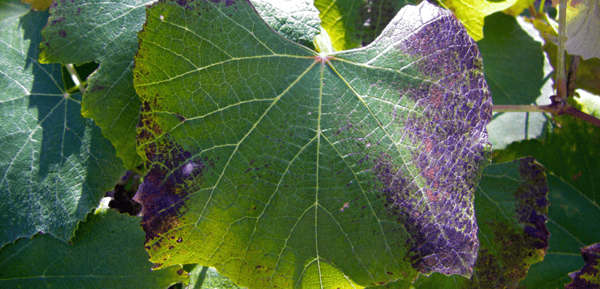Corn Steep Liquor and Powder Fertilizers
Introduction
Corn Steep Powder (CSP) is a fine, yellow to yellow-brown, water-soluble powder made by spray drying corn steep liquor (CSL). Corn steep liquor is a concentrated liquid derived from the water that is used in the initial stage of the corn wet milling process. Once considered a waste stream byproduct, its properties lent well for other uses. The tan to brown liquid is denser than water and has an acid pH (3.7 - 4.7). Since it contains 40 to 60% water soluble corn solids, it has a variety of nutrients. CSL has nitrogen in the form of amino acids and peptides, macro and micronutrients, and vitamins. Because of this, it is particularly useful as an ingredient in microbiological growth media, or can be combined with gluten into an animal feed supplement. Most recently it has been shown to be useful as a fertilizer, for the production of food, in the production of microbial products, and has some industrial applications.



 Phosphorus, like nitrogen, is a member of the pnictogen group and was the thirteenth element to be discovered and the first element that was chemically discovered by Hennig Brand in 1669. It is one of the three major essential elements needed by plants simply because of the amounts that are utilized by the plant. Phosphorus is the only element that was discovered through a disgusting process involving the concentration of urine.
Phosphorus, like nitrogen, is a member of the pnictogen group and was the thirteenth element to be discovered and the first element that was chemically discovered by Hennig Brand in 1669. It is one of the three major essential elements needed by plants simply because of the amounts that are utilized by the plant. Phosphorus is the only element that was discovered through a disgusting process involving the concentration of urine. 


